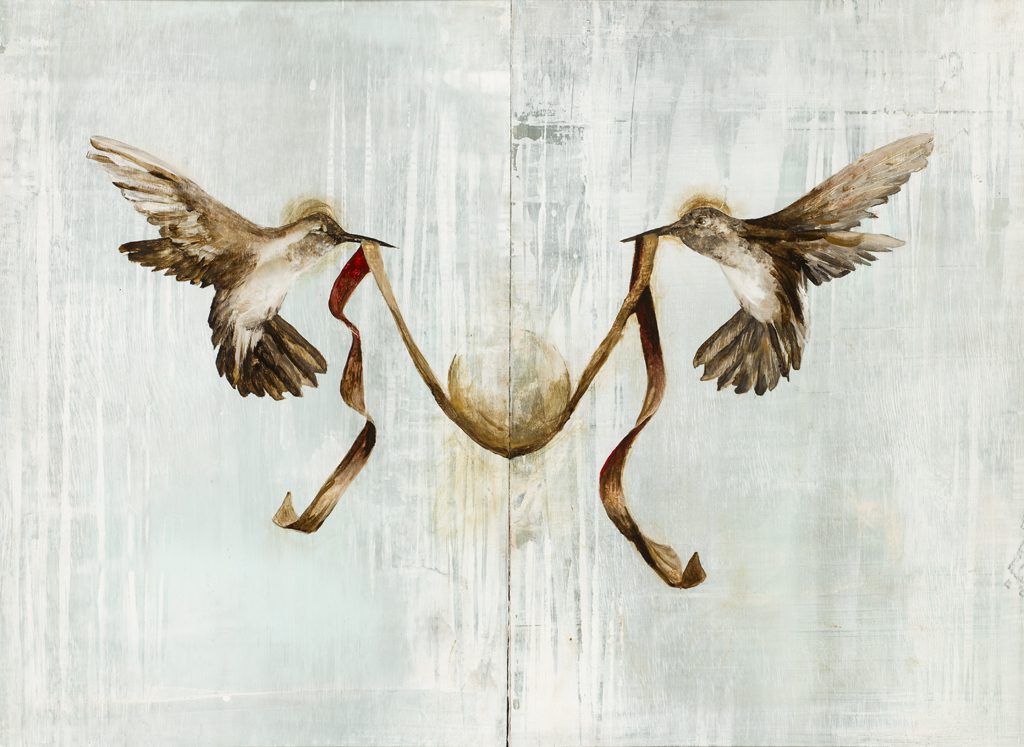“It’s not rocket science.” So say modest designers when I ask them how they create the amazing spaces we feature in our pages. They’re right, design isn’t a science—and it’s a good thing it isn’t. If it were, formulas would rule, and our rooms would all look the same. Décors by Stephen Hawking—who wants that? From where I stand, the most engaging spaces are unique, reflect their owners and have willful personalities of their own.
In putting this issue together, we couldn’t turn without discovering another space infused with individual style and wit. In Ogden, Jo Packham relied on one-of-a-kind collections and decorative details to transform a one-time brothel into a stylish loft hosting this issue’s lively dinner party. “Everything here has a story,” she explains. The same is true in Robert McArthur’s Bountiful home, where the architectural designer created an unexpected mix of old and new to shape his dwelling’s distinct style. “There should always be surprises,” he insists. Designer Aly Blythe agrees, as her dynamic St. George project proves. Dramatically backlit quartz for her clients’ much-loved bar? You bet. Of course, surprises can be delivered subtly, as those provided to a serenity-seeking homeowner by Paula Berg, who composed an understated-yet-striking mix of texture, materials and furnishings in Deer Valley. Across Utah, hot hues similarly personalize this issue’s spaces, from those in Marc and Becky Briggs’ Draper home to seven neutrally toned interiors color-punched by talented pros.
My theory: Science works well in the lab, but certainly not in our homes. For empirical evidence, we present our Fall 2017 issue.
-Brad Mee, Editor In Chief

























